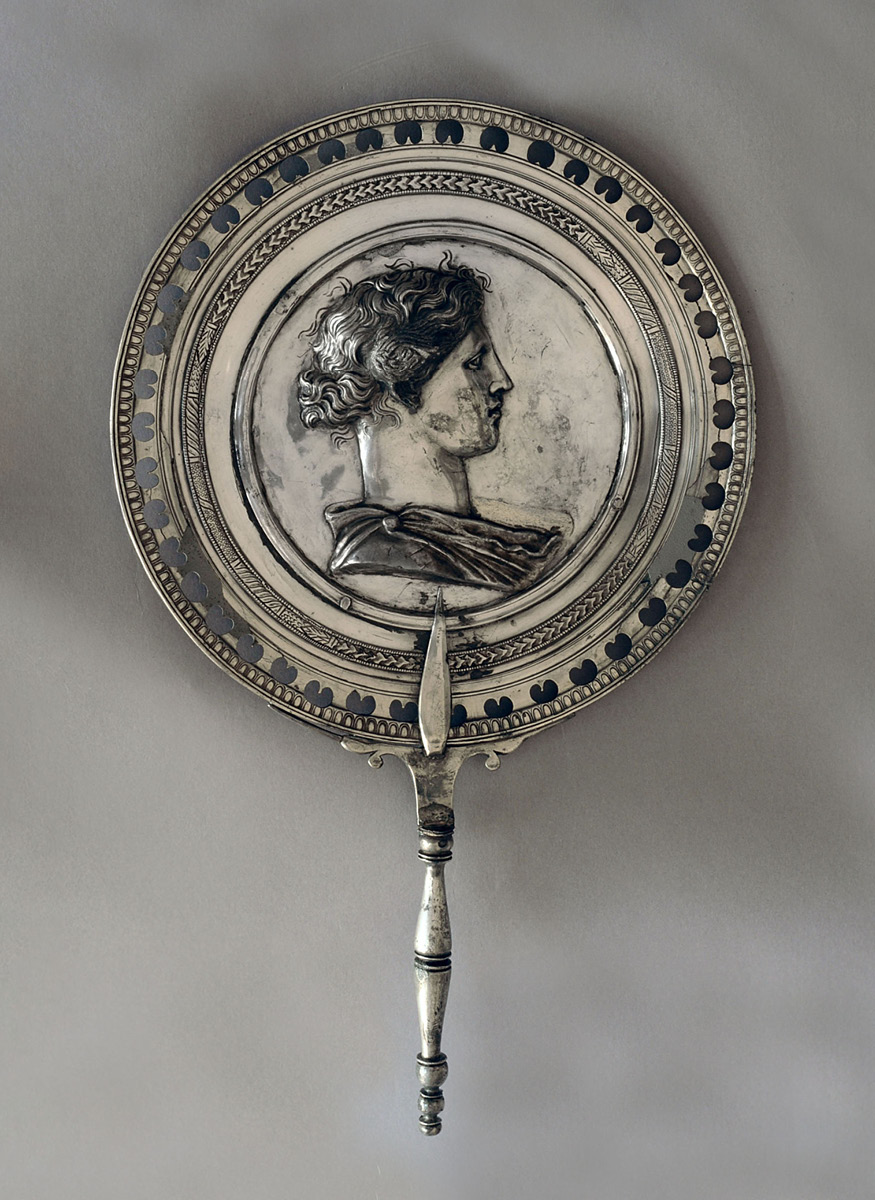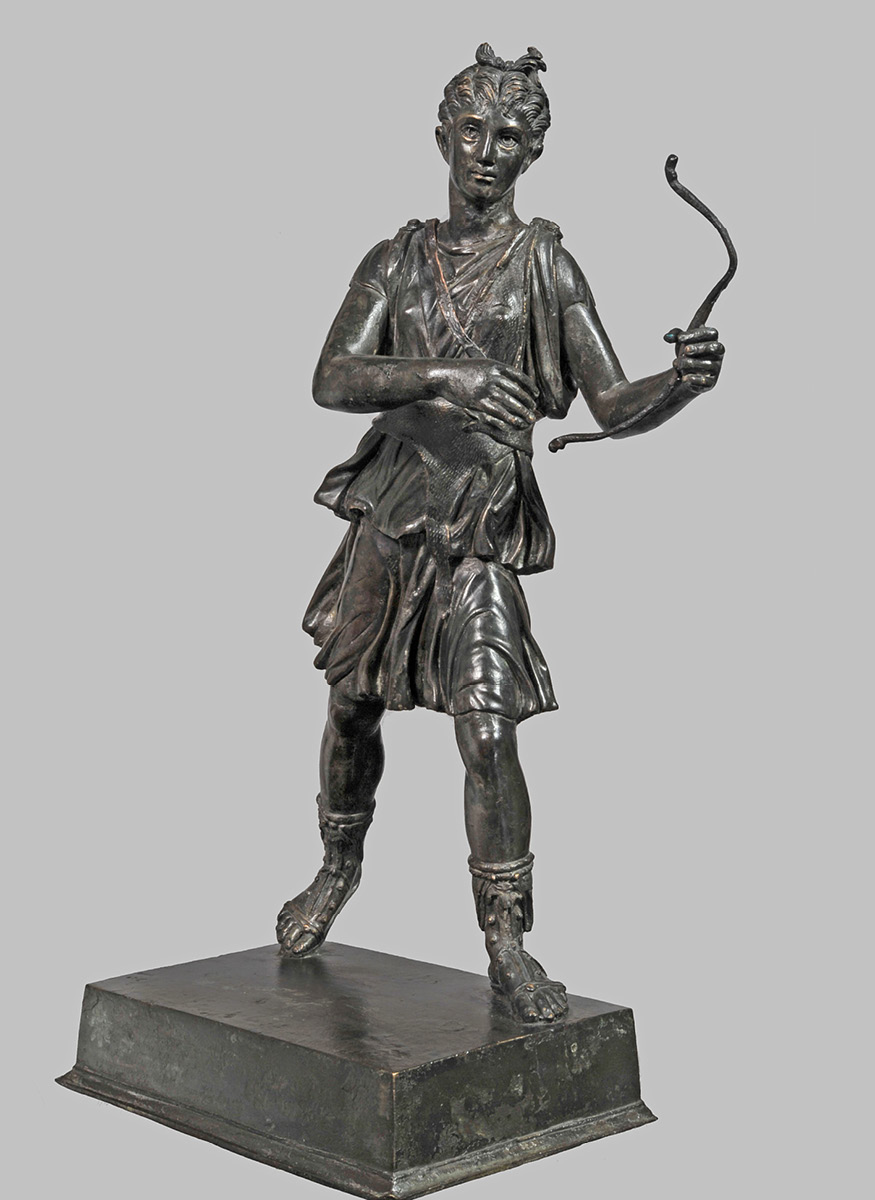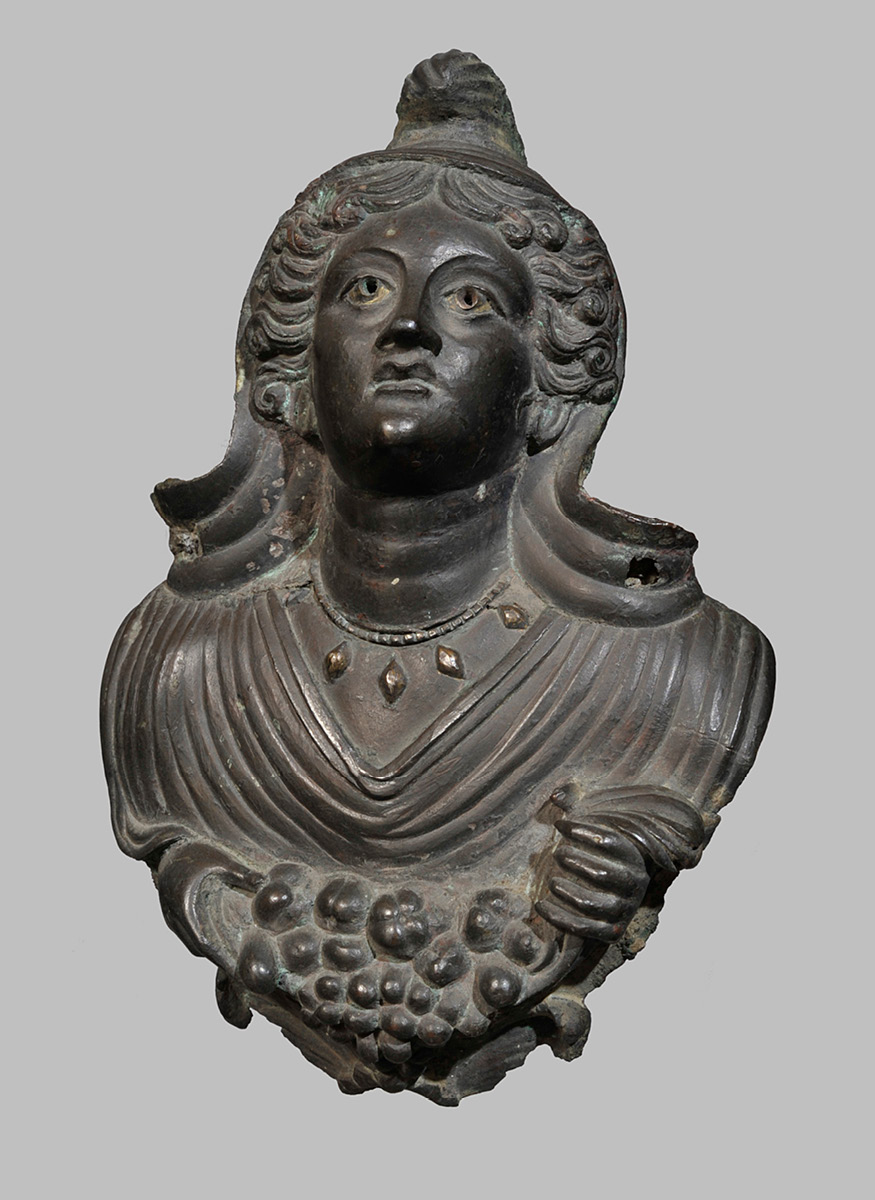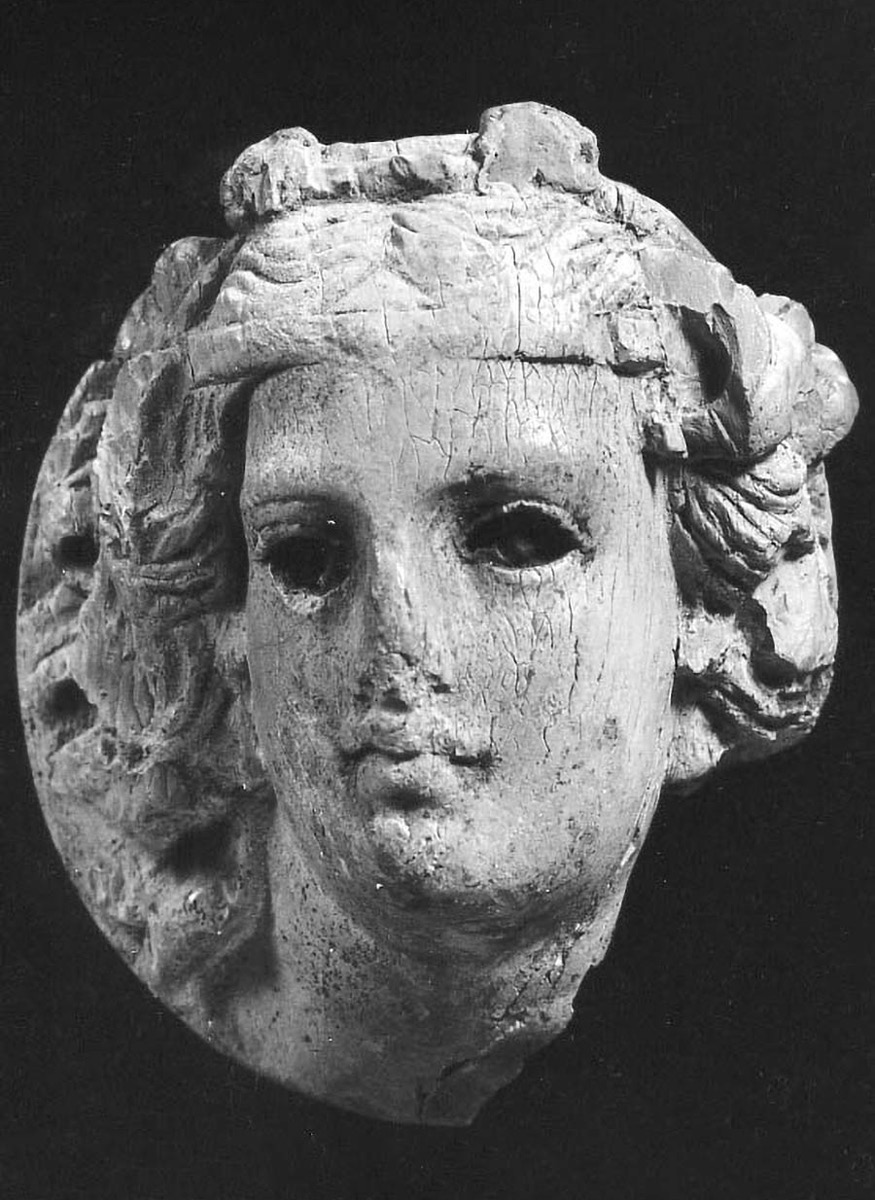Daily life objects from the Vesuvian area
After Pompeii and Herculaneum were dug up and unearthed in the 18th century, the discovery gave a fundamental contribution to the knowledge of a quite original and almost unknown aspect, at the time, concerning classical antiquity: the daily life of ancient Romans. Excavation campaigns carried out in the 18th and 19th centuries not only revealed temples, public buildings, private houses, frescoes and mosaics, but also an enormous amount of cookware, pottery, pieces of furniture, etc, which sparked such an incredible interest and curiosity among scholars and amateurs, as to have an influence on the taste and the artistic production of the time.
The relics, first held in the Palace of Portici, over the first decades of the 19th century were gradually moved to Naples, to the seat of the current National Archaeological Museum of Naples. The display, based on classification criteria, so typical in late 19th and early 20th centuries’ trends, is organized according to the different materials, the categories and types of objects, as well as their shapes and function, providing visitors with a rich and diversified catalogue of artefacts. This has proved fundamental for the reconstruction of the socio-economic life of Vesuvian sites. Indeed, these relics represent the most significant evidence, in order to cast a light on habits and costumes of the ancient inhabitants of Pompeii and Herculaneum. Through them, their cultural and religious traditions, as well as their social and commercial relations with Rome and the other provinces of the empire are also known.
The visit unfolds in five rooms. The first room (LXXXIX – 89) is devoted to some specific aspects of daily life in the Roman world: household religion, pieces of furnishings, lighting, music and medicine. Room LXXXVIII – 88 exhibits an accurate selection of glazed pottery, an original oriental craft production, which is quite rare, due to its difficult execution technique. The table and the banquet are protagonist of room LXXXVII – 87, with a rich display of bronze artefacts for the kitchen, the table and the pantry. The last two rooms (LXXXVI - 86 and LXXXV - 85) are focused on glass-ware in the Roman world, the different production techniques and the various functions of use (containers for female make up, for cooking, for funerary use, or merely for decoration purposes).












